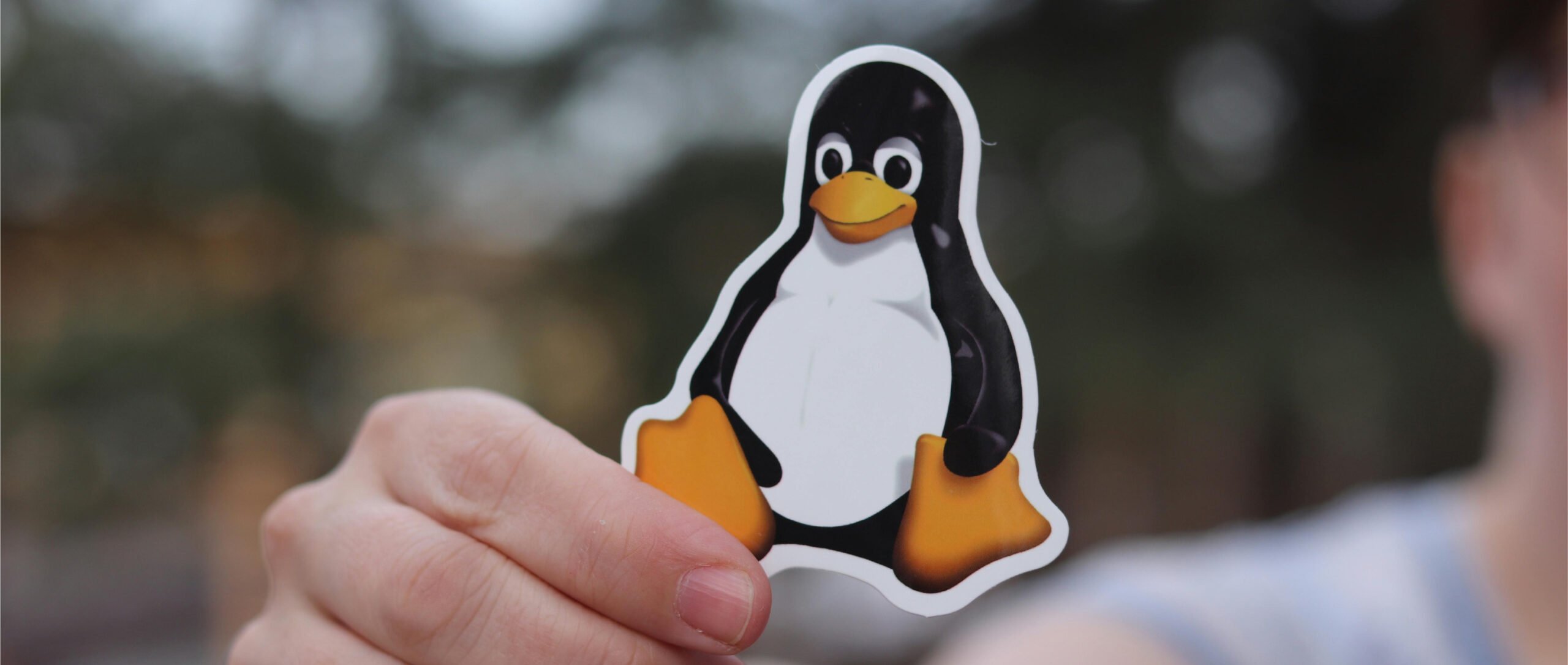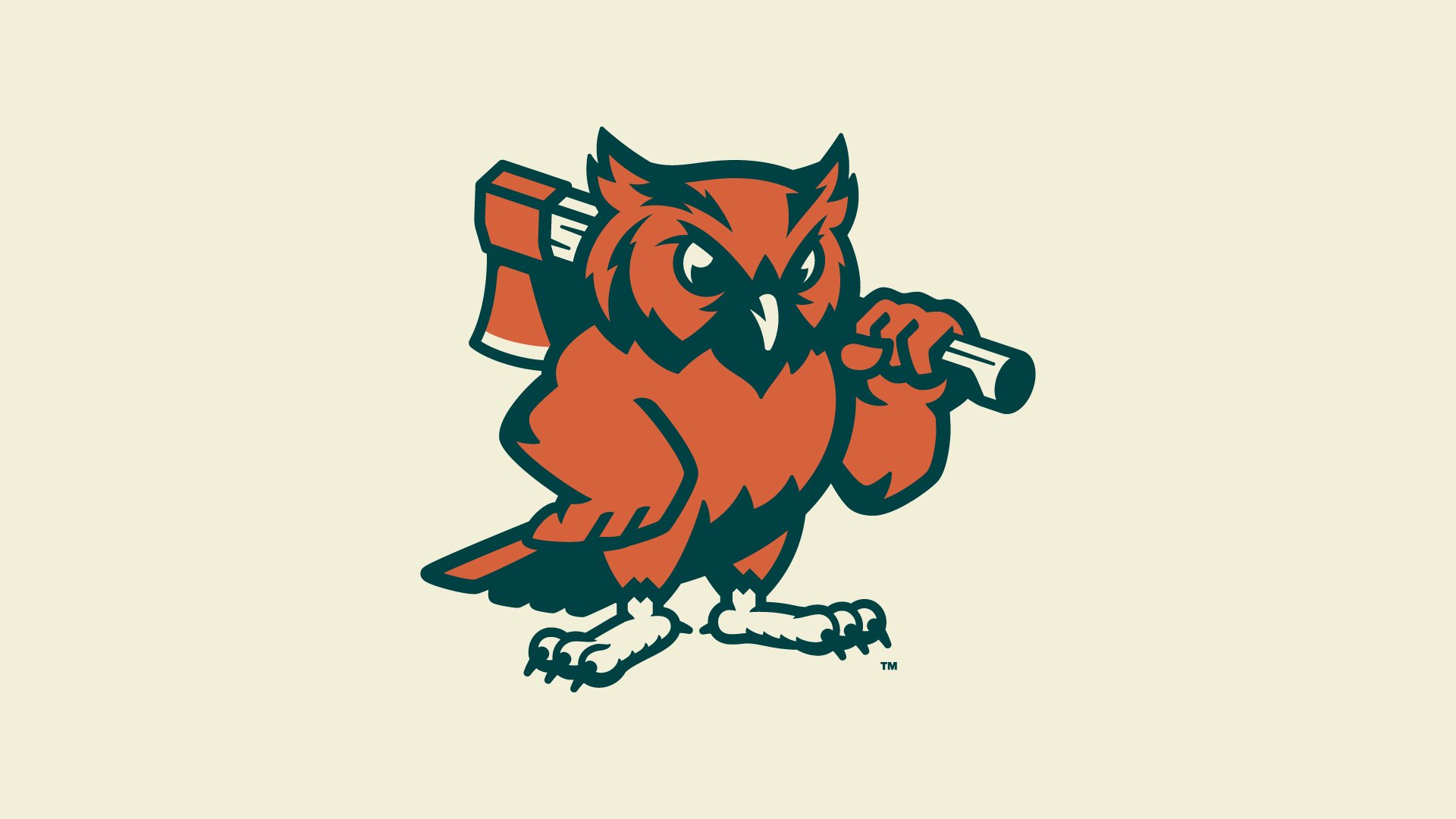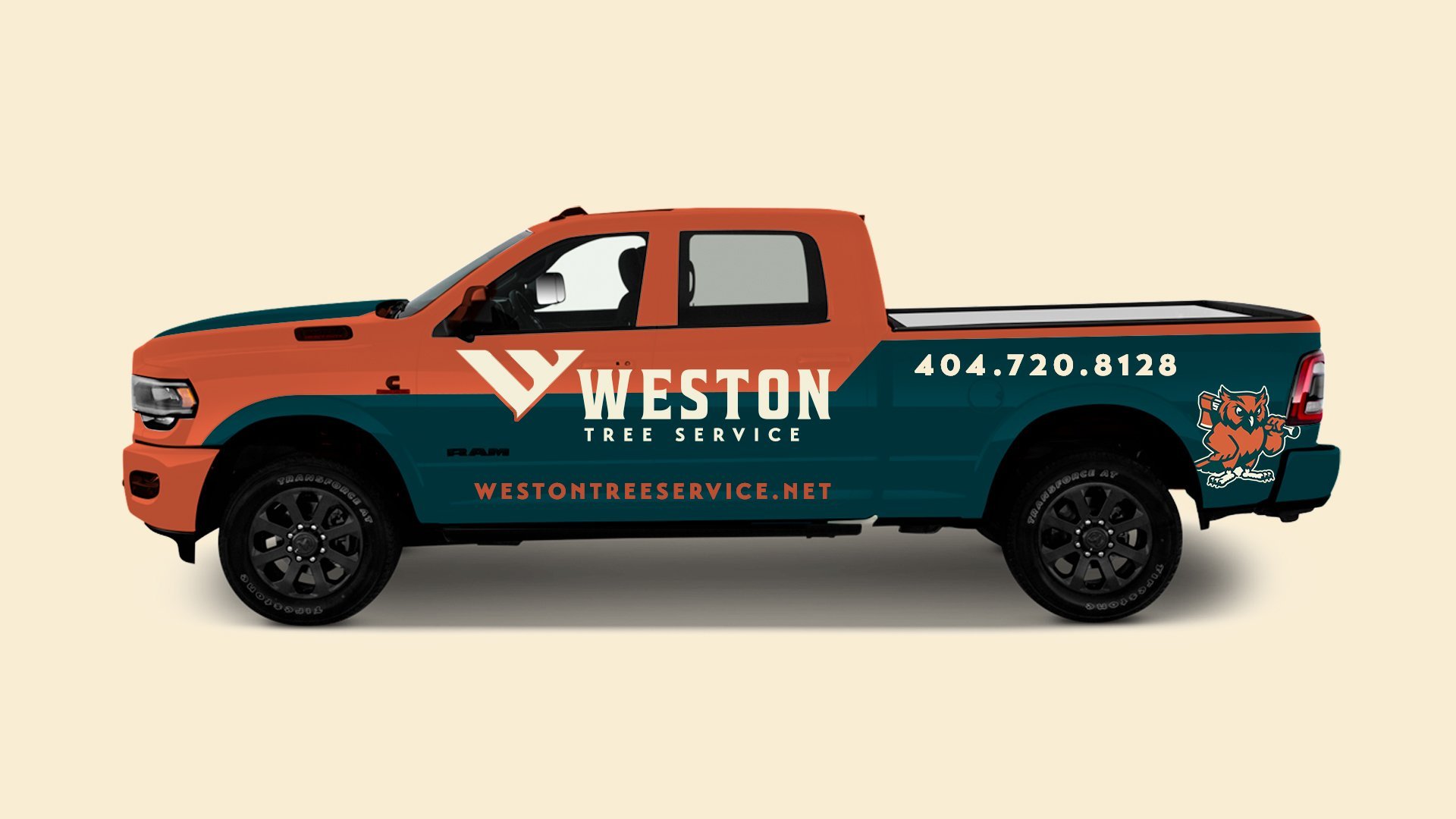- Brand Mascot, Logo Design
What Is The Difference Between A Brand Mascot And A Logo?

Logos and brand mascots are essential in brand building and advertising, but they serve different purposes. This article will clarify the differences and their purposes in brand building and advertising. We will answer several questions, including the definition of a logo and a brand mascot, whether or not a company needs a mascot, the role of a mascot in advertising, and the design elements that differentiate a logo and a brand mascot. By the end of this article, you should better understand the differences between logos and brand mascots and how they can be used effectively as you build your brand.
Logos and brand mascots: what's the difference?
A logo is a visual representation of a brand designed to communicate its identity and values to its target audience. A well-designed logo will be easily recognizable to consumers.
A brand mascot is a character that represents a brand’s personality and helps increase brand awareness in a fun and memorable way. While logos are more common and essential to branding, brand mascots can add a fun and memorable touch to marketing campaigns.
Our project working with Weston Tree Service is a good example of showing the differences between a logo and a brand mascot.


What design elements differentiate a logo from a mascot?
While both logos and mascots are visual representations of a brand, several key design elements differentiate them, including:
- Shape and form: A logo typically composes simpler shapes, while a mascot is more complex and can take on various forms (animals, people, objects).
- Color: A logo usually has a limited color palette, while a mascot can be more colorful and detailed.
- Typography: A logo is usually paired with typography expressing the brand name or tagline, while a mascot may not have any associated typography.
- Expression: A mascot can convey emotion and personality through its expression, while a logo is usually more static and less expressive.
Does my brand need a mascot?
Deciding whether or not to use a mascot for your brand depends on several factors, such as::
- Brand identity: A mascot should reflect the brand’s identity and values, so a mascot may not be appropriate if your brand’s personality is serious and professional.
- Target audience: If your target audience is children or families, a mascot can create fun and engaging brand experiences.
- Marketing strategy: If your marketing strategy involves creating a strong emotional connection with consumers, a mascot can help facilitate that connection.
Brand Mascot
Reasons You Should Have a Mascot:
You have a playful tone of voice.
You promote multiple products and services.
You have a playful focus on marketing campaigns.
You want to have a flexible brand identity system.
No Brand Mascot
Why A Brand Mascot Isn’t For You:
You have a professional tone of voice.
You highlight a single product or service.
You feature real people in marketing campaigns.
You want to streamline your brand identity.
What is the role of a mascot in advertising?
Just like a logo plays a crucial role in advertising, a mascot can also play a significant role in marketing your brand, including:
- Building brand awareness: A memorable mascot can help increase brand awareness by creating a fun and engaging character that consumers can relate to.
- Creating a unique identity: A well-designed mascot can help a brand stand out from its competitors, creating a unique identity that sets it apart.
- Facilitating emotional connections: A mascot can help create emotional connections with consumers, making them more likely to engage with the brand.
- Engaging with consumers: A mascot can be used in engaging and interactive advertising campaigns, such as contests or social media challenges.

Final Thoughts
In conclusion, logos and mascots are important elements in brand building and advertising, but they serve different purposes. While a logo is designed to communicate the brand’s identity and values, a mascot creates fun and engaging brand experiences and can help create emotional connections with consumers. When deciding whether or not to use a mascot, consider your brand identity, target audience, and marketing strategy. Regardless of which you choose, it’s important to create a memorable and recognizable visual representation of your brand.
